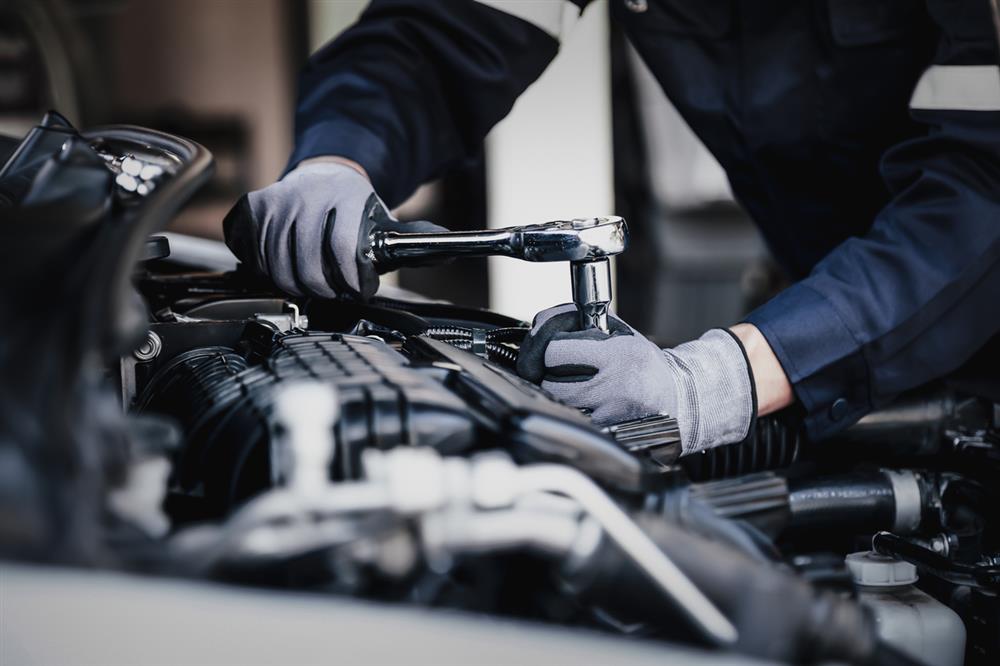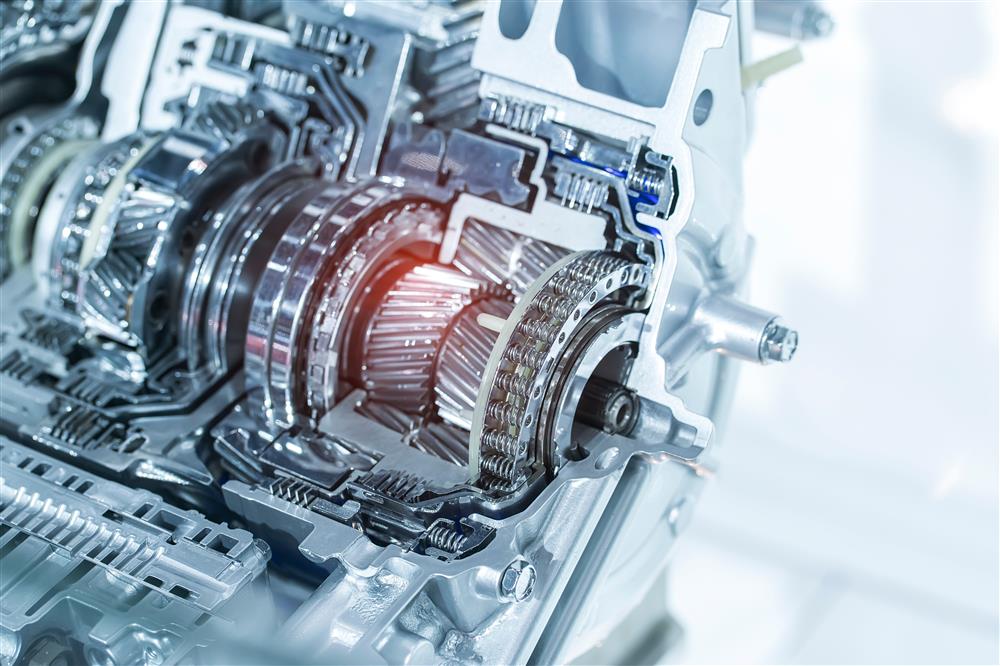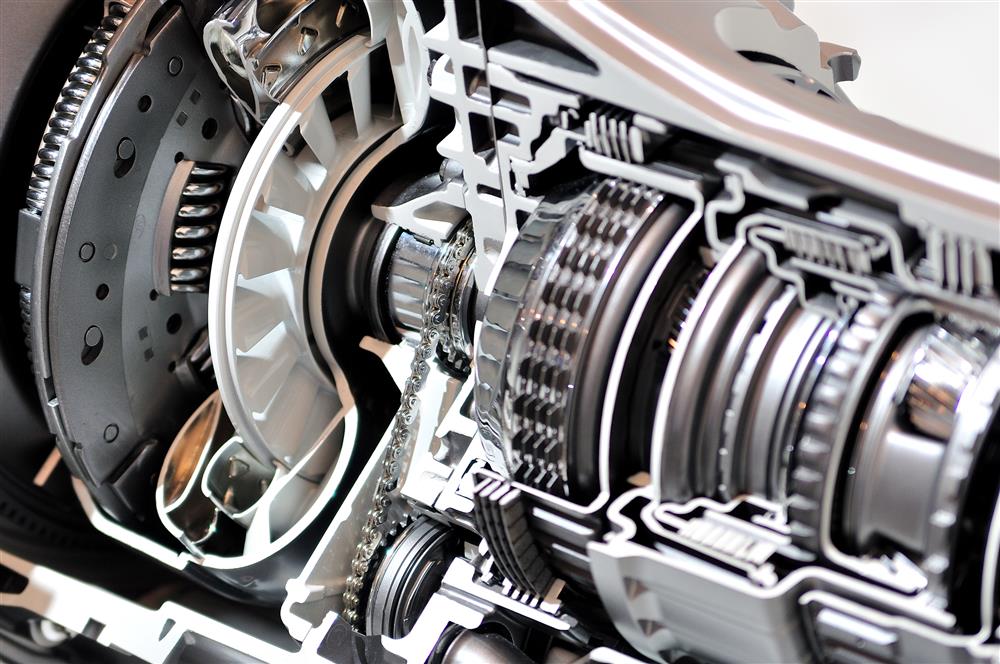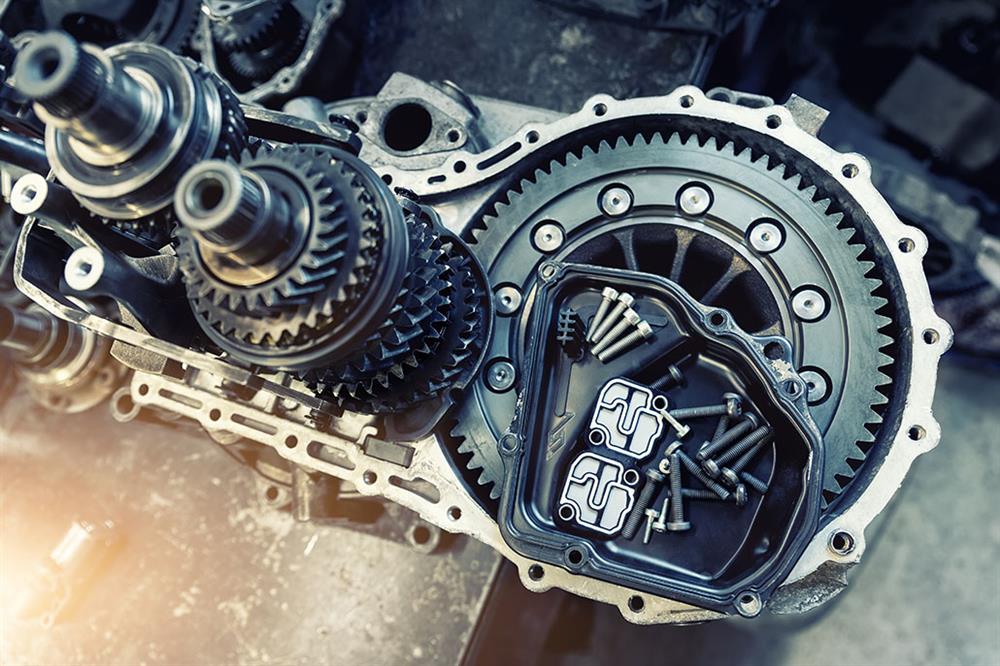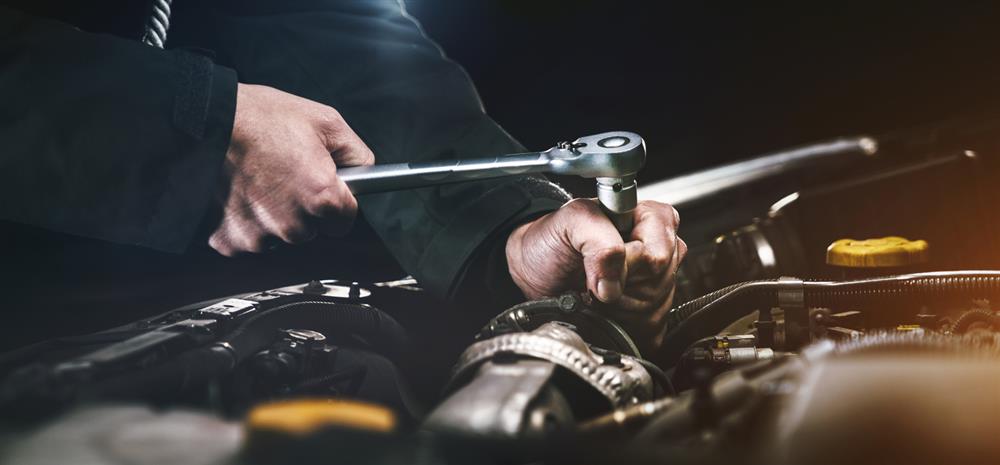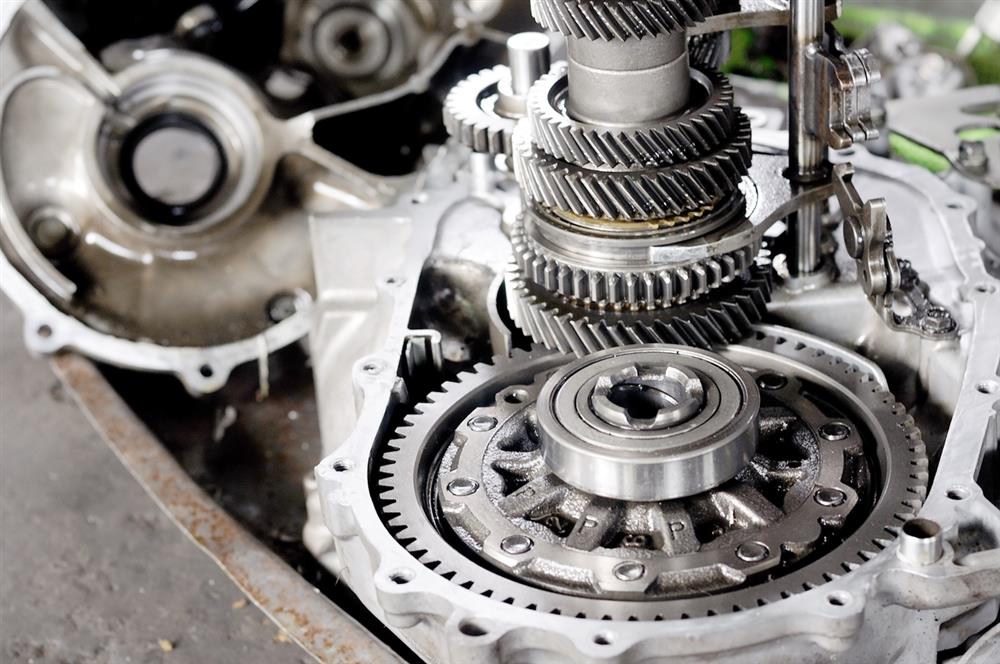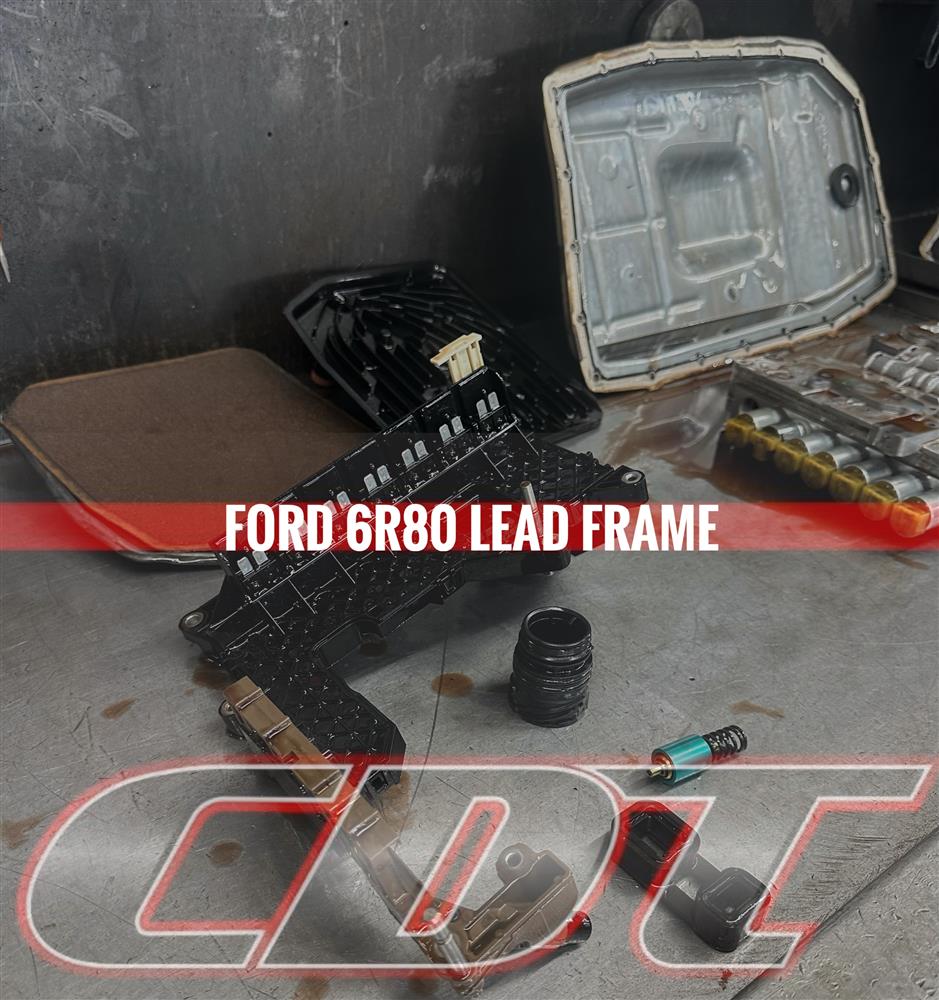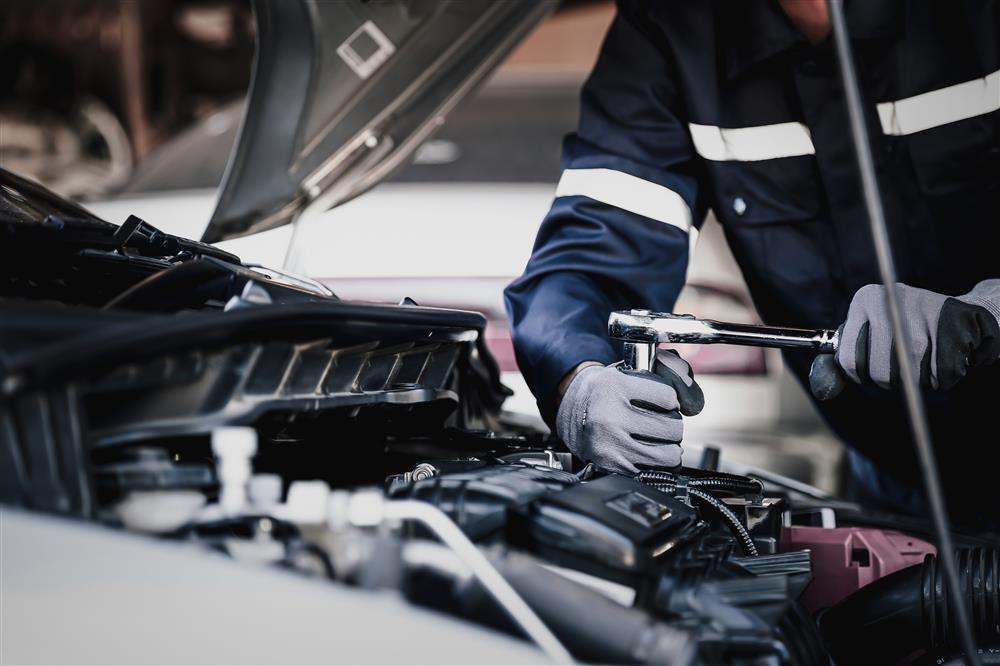
Finding a trustworthy transmission repair shop can feel overwhelming, especially when you’re unsure what to look for or which questions to ask. Your transmission is one of the most critical components of your vehicle, responsible for transferring power from the engine to the wheels and ensuring smooth operation. Choosing the wrong repair shop can result in higher costs, extended downtimes, and substandard repairs that could lead to further issues down the road.
Thankfully, there are clear indicators that can help you make an informed decision about where to take your car. Below, we’ll guide you through the key factors to consider when choosing a reliable and professional transmission repair service. By paying attention to these elements, you can ensure that your vehicle receives the best care possible and avoid unnecessary stress or financial strain.
Look for Certified Expertise
One of the first things to check when choosing a repair shop is whether their technicians are certified. Certifications such as ASE (Automotive Service Excellence) demonstrate that the shop employs highly qualified professionals who have undergone extensive training and testing to meet industry standards. Certification is a clear indicator of the shop’s technical expertise and commitment to maintaining high-quality service.
In addition to certifications, it’s essential to ask the shop about their experience working specifically on transmissions. Not all automotive repair shops are equally skilled in all areas of vehicle repair. Expertise in engine repairs, for example, doesn’t necessarily translate to knowledge about the complexities of transmissions, which require specialized tools and techniques. For instance, at Circle D Transmission, their certified professionals have decades of experience in transmission diagnostics and repair, allowing them to deliver consistently high-quality results tailored to the unique needs of each vehicle.
Seek Transparency and Honest Communication
A trustworthy repair shop prioritizes clear, upfront communication with customers. This includes providing a detailed diagnosis of the issue, a comprehensive breakdown of repair costs, and an explanation of your options before any work begins. They should be willing to answer your questions and address any concerns you may have without pressuring you into unnecessary repairs or surprising you with hidden fees once the job is done.
When choosing a repair shop, ask about their repair process and request an estimate on pricing and timelines for the work. Reliable shops are always happy to walk you through the process and ensure you understand what to expect. Whenever possible, rely on customer reviews online or recommendations from friends and family to verify the shop’s reputation for transparency and honesty. A shop consistently praised for clear communication is far more likely to be dependable and trustworthy, providing peace of mind throughout the repair process.
Pay Attention to Warranties and Guarantees
A quality transmission repair service stands behind its work by offering warranties or guarantees on repairs. This demonstrates the shop’s confidence in its ability to provide long-lasting, effective solutions and serves as a safety net for you as the customer. Warranties ensure that if unexpected issues arise following the repair, they will be addressed at no additional cost within the warranty period.
At Circle D Transmission, for example, customers benefit from warranties on remanufactured transmissions and other repair services, providing added peace of mind with every visit. These warranties are a testament to their commitment to delivering reliable repairs that meet the highest standards. When evaluating repair shops, carefully review the details of any warranties offered and ensure they align with your expectations. A shop that prioritizes customer satisfaction through strong warranty policies is more likely to deliver quality results.
Evaluate Their Customer Experience
Your experience with a transmission repair shop should be positive from start to finish. From the moment you make your first call for an estimate to the time you pick up your car post-repair, the shop should make you feel valued, respected, and well-informed. Look for shops that go the extra mile to offer convenient services, such as towing or shuttle options, as well as frequent updates on the progress of your repair.
Reading customer testimonials and reviews is an excellent way to gauge the shop’s customer service quality. Positive feedback from past customers can provide valuable insights into the shop’s ability to meet and exceed expectations. For example, Circle D Transmission has become a trusted name in the Houston area, thanks to their dedication to excellent communication, transparency, and a customer-centered approach. Their glowing testimonials highlight their ability to consistently deliver exceptional service while fostering long-term trust and loyalty among their clients.
Final Thoughts
Finding the right transmission repair shop doesn’t have to be a daunting task. By focusing on key factors such as certified expertise, transparent communication, strong warranties, and excellent customer service, you can make an informed decision that ensures your vehicle is in good hands. Shops like Circle D Transmission exemplify these qualities, offering professional, reliable service that keeps your car running smoothly and your mind at ease. Take the time to research and choose a repair shop that aligns with your needs, and you’ll save yourself time, money, and stress in the long run.
Frequently Asked Questions About Transmission Repair
How do I know if my car’s transmission needs repair?
There are several signs your transmission may need attention, including slipping gears, delayed shifting, leaking fluid, a burning smell, or unusual noises such as grinding or whining. If you notice these symptoms, it’s important to act quickly and bring your car to a trusted transmission repair shop for a professional diagnosis.
Why is finding a specialized transmission repair shop important?
Transmission systems are complex, involving a mix of mechanical, hydraulic, and electrical components. Choosing a specialized shop ensures you work with experts trained to diagnose and repair transmission issues accurately. General repair shops may lack the specific tools, experience, or certifications necessary for high-quality transmission work.
At Circle D Transmission, we understand that choosing the right repair shop is essential for your vehicle’s performance and your peace of mind. Since 1976, we’ve been proud to provide trusted, professional transmission repair services to customers across the greater Houston area. Visit our website to contact us today to schedule an appointment or ask us a question.




